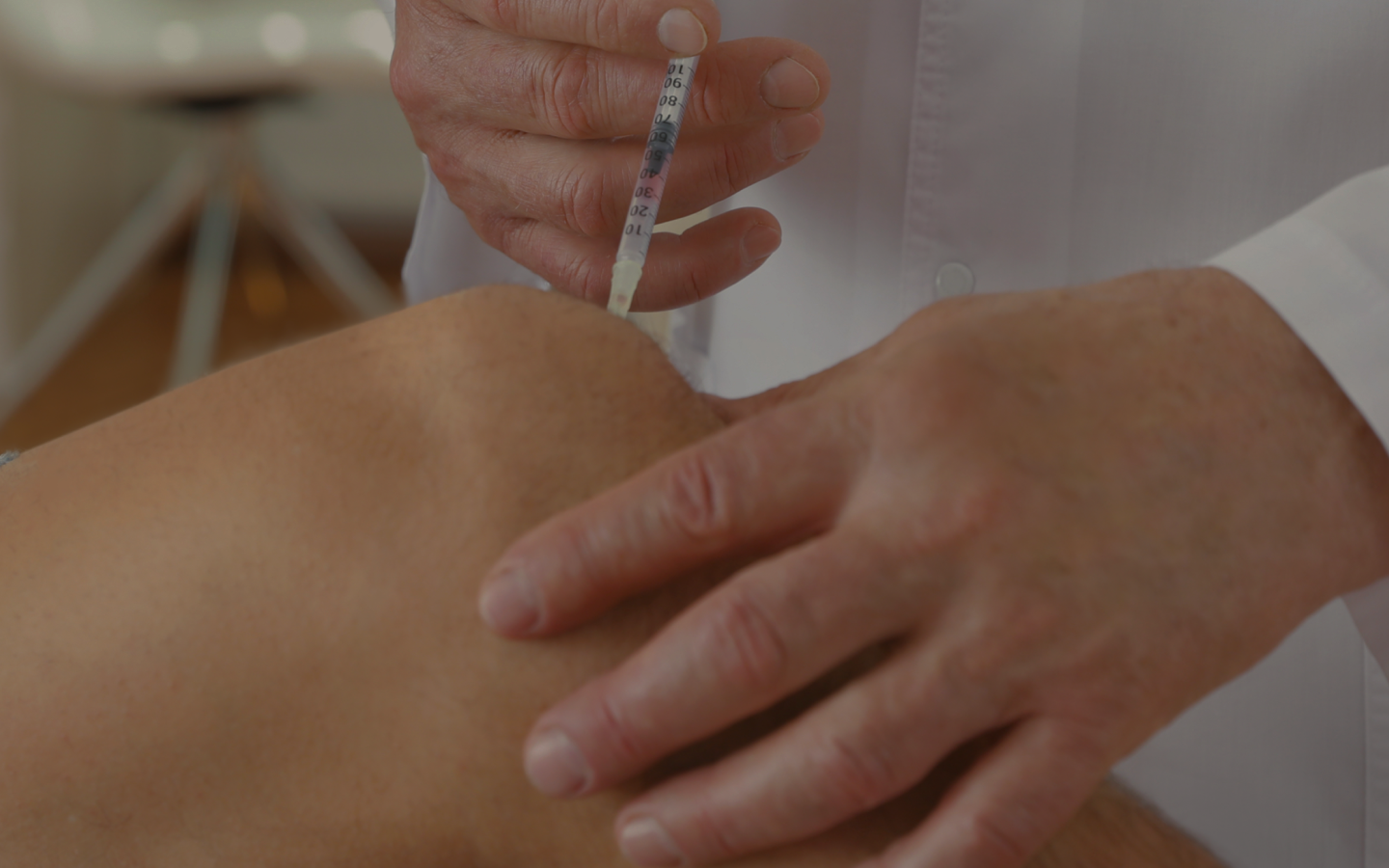Platelet-Rich Plasma Therapy
PRP therapy promotes healing using the power of natural growth factors.
Faster healing with minimal risk.
What is PRP Therapy?
What Can PRP Treat?
How Does PRP Promote Self-Healing?
Cytokines deliver information to cells and regulate inflammatory responses. These small proteins stimulate cell production for tissue regeneration and assist with the formation of new blood vessels.
Is PRP therapy right for you?

What are the Benefits?
- Efficient Recovery
- Minimal Side-Effects
- Low Risk of Allergic Reaction

As a minimally-invasive outpatient procedure, patients typically do not require the extensive rehabilitation period that is needed after a surgical procedure. PRP patients may begin to feel the benefits of platelet therapy anywhere from 3-6 weeks following treatment.

Some patients experience bruising and soreness at the injection site, but adverse side effects are extremely rare.

Because PRP is autologous, or derived directly from the patient’s own body, the risk of an allergic reaction is significantly lower than other injectables.

Blocking signals along the sympathetic nervous system may reduce constriction of blood vessels.
Clinical process
1.
A local anesthetic or light sedation is applied to ensure comfort throughout the PRP process.
2.
A pre-calculated amount of blood is drawn based on the concentration needed and the severity of tissue injury.
3.
The sample is concentrated in a centrifuge machine, resulting in the activation of platelets and the release of growth factors and cytokines from the platelet alpha-granules.
4.
Using advanced imaging technology, the concentrated PRP is injected at the injury site.
Related Blogs
Bhatti AB, Kim S. Role of Epidural Injections to Prevent Surgical Intervention in Patients with Chronic Sciatica: A Systematic Review and Meta-Analysis. Cureus. 2016 Aug 4;8(8):e723. doi: 10.7759/cureus.723. PMID: 27625909; PMCID: PMC5010373.



